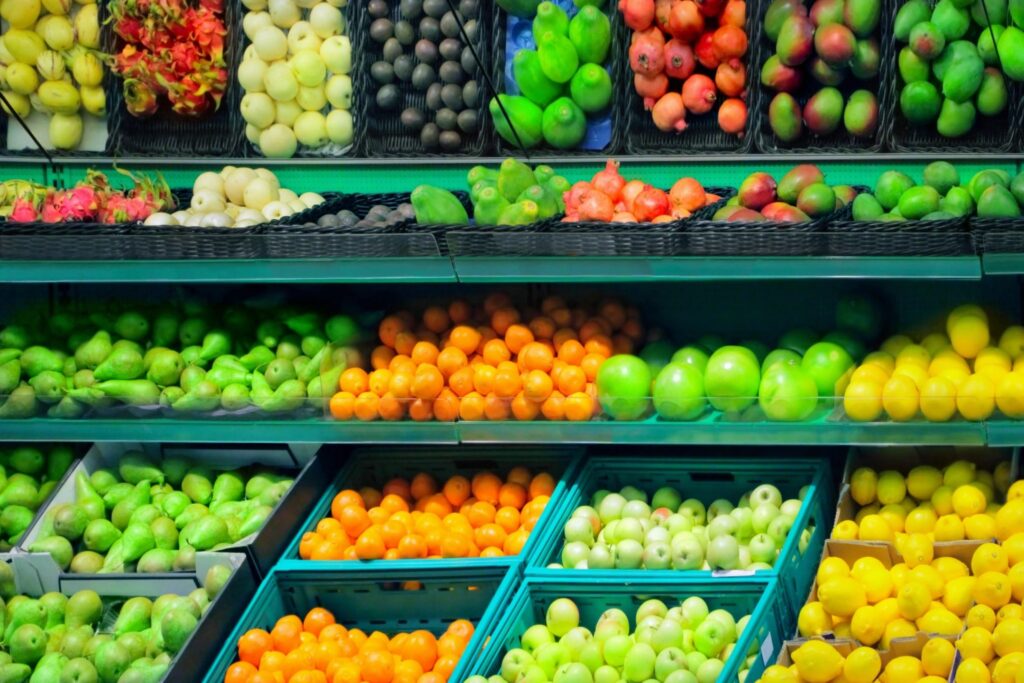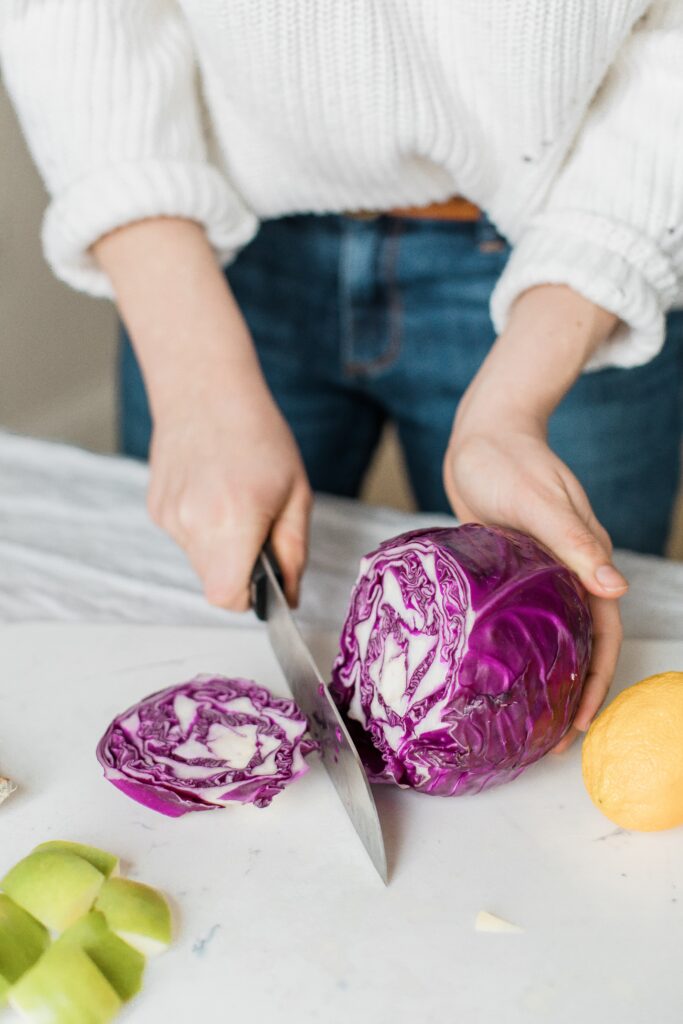
Finding great produce is easy in the summer months when a variety of fruits and vegetable thrive. Cold winter months can leave some fruits and vegetables in less than ideal condition, especially in the midwestern part of the United States. But that doesn’t mean you have to give up nutrient-dense produce altogether! Turn to seasonal, cool weather fruits and vegetables to reap the benefits of eating produce year round.
Benefits of Eating Seasonally
A lot of produce that thrives in warm weather has to be shipped long distances to be consumed during the winter months. Choosing seasonal produce reduces travel time, which can improve both the nutrient value and flavor of the food.
Other benefits of eating seasonally include:
- lower cost to the consumer
- support for the local economy
- reduced environmental impact
- less boredom with food choice, or a “food rut”
Top Winter Produce Picks
Want to add some cold weather produce to your meals? Read on for some seasonal favorites to inspire your food choices during the next couple months:
1. Beets
These root vegetables are packed with important health-promoting nutrients, like vitamin C, potassium, and fiber. They also offer phytosterols, a compound in plants that may naturally help lower cholesterol levels.
How to enjoy them: After you wash and peel beets, you can choose to roast, grill, steam, boil, or pickle them. And don’t toss those leafy green tops! Beet greens can also be enjoyed raw or cooked and are a great addition to a meal.
Try this: https://www.loveandlemons.com/beet-recipes/
2. Brussels Sprouts
Brussels are members of the cruciferous vegetable family, which are well known for their disease-fighting nutrients. Rich in Vitamin K, Vitamin C, and antioxidants, they can be a powerful tool to fight off illnesses during cold and flu season. They also provide a good amount of fiber and protein. Did I mention they’re delicious?
How to enjoy them: You can purchase these fresh or frozen year-round. Roasting seems to be the most popular way to eat brussels sprouts, but you can also steam or grill them, or enjoy them pureed in soups.
Try this: https://www.foodnetwork.com/recipes/alton-brown/grilled-brussels-sprouts-recipe-1944962
3. Cranberries
Though their peak growing season ends in December, these cold weather berries can still be enjoyed several months afterwards. Small but mighty, cranberries offer a ton of antioxidants and polyphenols that can help prevent infections, improve circulation, and reduce risk of chronic disease.
How to enjoy them: Cook them and enjoy as a side dish, eat them dried in hot cereals or on salads, or throw them into a smoothie in their whole form.
Try this: https://sharonpalmer.com/fresh-cranberry-orange-relish-vegan-gluten-free/
4. Citrus Fruits
Blood oranges, clementines, grapefruits, lemons and other citrus fruits have their peak growing season during the colder months. This is great news since these fruits offer some important nutrients that can help keep our immune systems thrive, like vitamin C, potassium, and antioxidants.
How to enjoy them: There are endless ways! Eat them raw as a snack or sliced in cereals or salads. Chop them and cook them into desserts or sauces. You can even use the peels to make zest and lend flavor and nutrition to a number of dishes.
Try this: https://www.rachaelhartleynutrition.com/blog/2013/10/citrus-and-arugula-salad-with-marcona
5. Parsnips
Another root vegetable, parsnips are hearty and have a similar texture to potatoes. They are rich in vitamin C, folate, magnesium and potassium.
How to enjoy them: Roasting them brings out their natural sweetness, which is delicious. But they can also be steamed or boiled and mashed, or pureed and added to soups. And if you prefer a crunchy dish, you can peel them and cut them into matchsticks to add to a crudite.
Try this: https://thelemonbowl.com/roasted-root-vegetable-burrata-salad/
6. Pears
Pears are an excellent source of fiber, which is good news for gut health. They are also good sources of vitamin C, magnesium, and some B vitamins.
How to enjoy them: There are so many ways! Eat them fresh and pair them with a nut butter or cheese for a fun and filling snack. You can also bake, roast, steam or poach them and add them to side dishes or desserts.
Try this: https://www.biggerbolderbaking.com/poached-pears-recipe/
7. Pomegranates
The tiny seeds of pomegranates offer big nutritional benefits. They are also excellent sources of fiber and antioxidants, as well as vitamin C and vitamin K. A serving also offers 3 grams of protein!
How to enjoy them: Crack them open to access the seeds – the outside shell is not edible. Then sprinkle the seeds on salads, hot cereals or in guacamole for a kick. You can also cook them into a sauce for a dessert topping.
Try this: https://www.tasteofhome.com/recipes/pear-and-pomegranate-lamb-tagine/
8. Winter Squash
Butternut, acorn, hubbard, and spaghetti squash are just some of the many varieties of winter squash. These hearty vegetables can be stored for a long time due to their hard shell exterior, so you can stock up on them to have on hand for a while. When you’re ready to eat them, you’ll get a burst of health promoting nutrients, including vitamin A, vitamin C, folate, and fiber.
How to enjoy them: Roast, saute, bake, or grill them and serve as a side dish or mixed in as a main meal. You can also puree them and add them to soups, stews, or even smoothies!
Try this: https://www.forksoverknives.com/recipes/amazing-grains/stuffed-acorn-squash-2/




